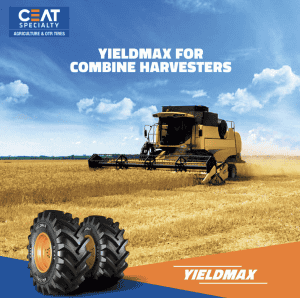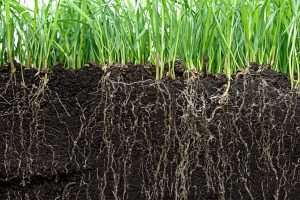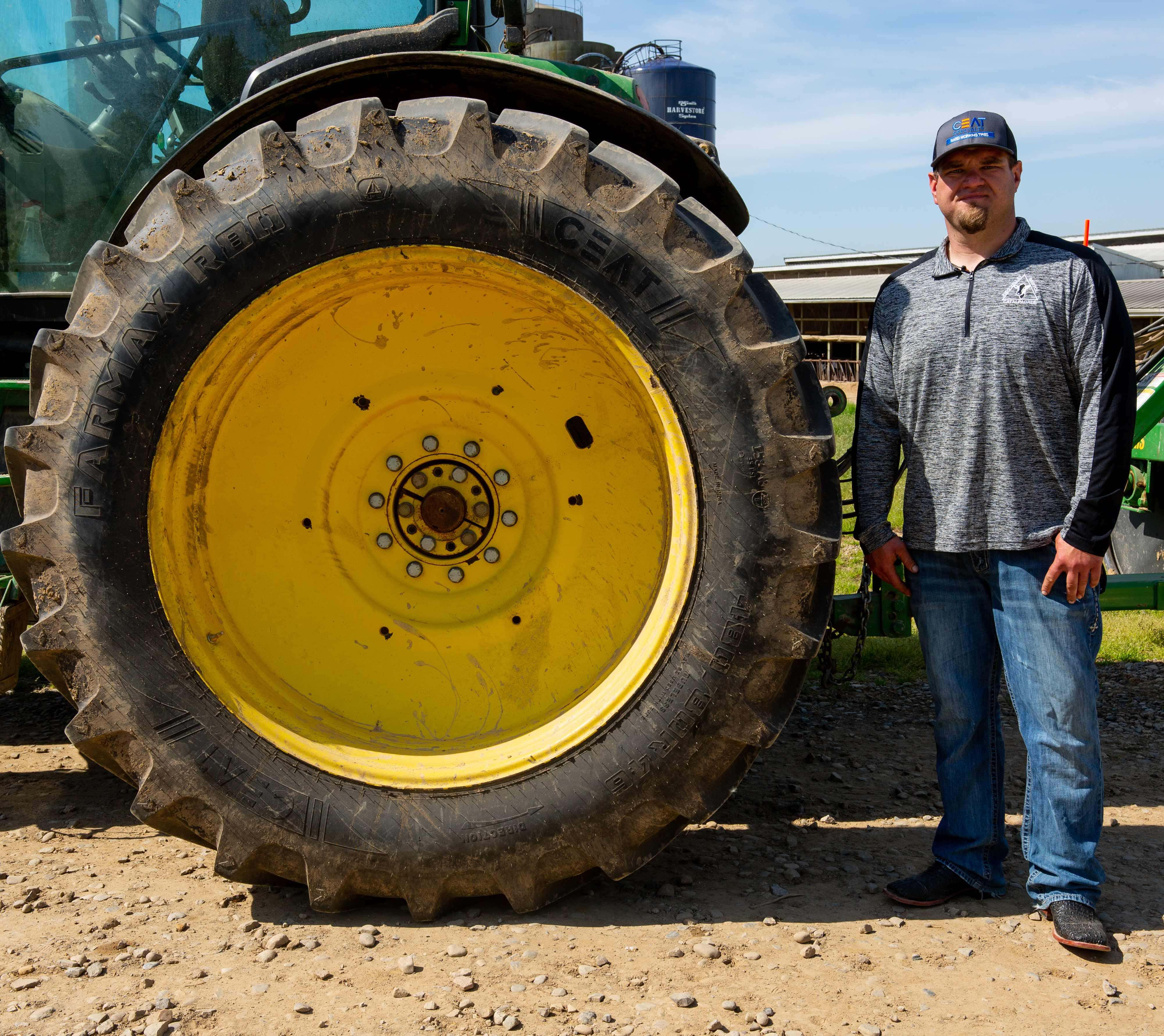ceat-speciality:blogs-tags/all,ceat-speciality:blogs-tags/farming-advice
No Till Farming: Protecting the Soil for Long-Term Crop Yields
Sun, 2 Jul 2023 | PRODUCTS
One of the most essential aspects of farmers’ and ranchers’ businesses is protecting the soil that provides the foundation for their livelihoods.
Soil erosion and depletion can happen rapidly with traditional farming methods. However, no till farming can preserve and even improve the soil for future generations. No till farming is a way to plant crops without disturbing the soil by leaving the previous year’s plant residue on the ground. As a company which produces high-technology Ag tires that provide numerous long-term benefits such as minimizing soil compaction, CEAT Specialty Tires is keenly interested in trends and techniques that contribute to long-term soil health.
What is No Till Farming?
No till farming is a process of planting crops without disturbing the soil. Before planting, the previous year’s plant residue is left on the ground to act as a natural mulch. Then, seeds are planted directly into the soil without disturbing the residue. This method preserves the soil structure and allows beneficial microorganisms to thrive, providing a more productive and healthier environment for plant growth.
The Advantages of No Till Farming
No till farming has many benefits, starting with soil protection. By keeping the soil covered, soil erosion is reduced and moisture is retained, resulting in more productive land. Additionally, no till farming increases soil quality by allowing beneficial microorganisms to flourish, which increases organic matter levels. This boost in organic matter leads to higher fertility, water retention, and soil structure, all attributes that improve plant growth and ultimately long-term crop yields.
No till farming also helps farmers save time and money. Since there is less soil disturbance, there is less need for tilling and transportation, making the planting process more efficient and cost-effective. Furthermore, with the increase in organic matter levels, fertilizer and irrigation needs are reduced, also resulting in cost savings.
Statistics on No Till Farming Adoption in the US
According to the USDA, no till farming was practiced on 37% of US cropland as of 2017, up from 12% in 1990. In the Midwest region, over 50% of cropland uses no till farming, while in the Southeast, less than 20% does. These statistics show that no till farming is a growing trend that farmers should consider adopting to help protect their soil and improve crop yields.
Important Considerations in Adopting No Till Farming
It is essential to consider the timing and methods of planting. Planting should occur when soil temperatures and moisture levels are optimal to provide the best environment for seed germination. Additionally, it is recommended to use cover crops during fallow periods to maintain soil health and nutrient levels, further increasing crop yields.
In conclusion, no till farming is a sustainable and cost-effective farming method that provides numerous benefits over traditional farming. It’s an excellent solution for protecting the soil, increasing long-term crop yields and boosting organic matter levels, making it an obvious choice for farmers and ranchers who prioritize the health and preservation of their land. By adopting no till farming, farmers can enjoy many positives, including greater efficiency, cost savings, and a healthier soil ecosystem, all while providing a better future for the next generation of farmers.















